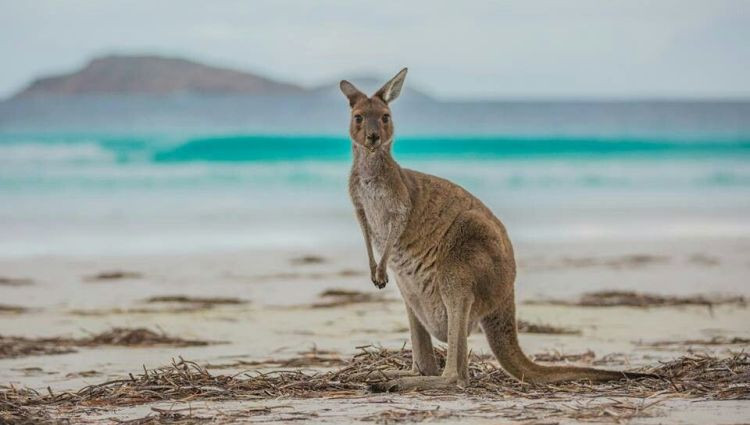
Test article number 1
-
Tests
-
A
-
B
-
C
| Month | Savings |
|---|---|
| January | $250 |
| February | $80 |
| March | $420 |
Kangaroos are marsupials from the family Macropodidae (macropods, meaning “large foot”). In common use, the term is used to describe the largest species from this family, the red kangaroo, as well as the antilopine kangaroo, eastern grey kangaroo, and western grey kangaroo.[1] Kangaroos are indigenous to Australia and New Guinea. The Australian government estimates that 42.8 million kangaroos lived within the commercial harvest areas of Australia in 2019, down from 53.2 million in 2013.[2]
As with the terms “wallaroo” and “wallaby”, “kangaroo” refers to a paraphyletic grouping of species. All three terms refer to members of the same taxonomic family, Macropodidae, and are distinguished according to size. The largest species in the family are called “kangaroos” and the smallest are generally called “wallabies”. The term “wallaroos” refers to species of an intermediate size.[3] There are also the tree-kangaroos, another type of macropod which inhabit the upper branches of trees in the tropical rainforests of New Guinea, far northeastern Queensland, and some of the islands in the region.[4] A general idea of the relative size of these informal terms could be:
- wallabies: head and body length of 45–105 cm and tail length of 33–75 cm; the dwarf wallaby (the smallest of all known macropod species) is 46 cm long and weighs 1.6 kg;
- tree-kangaroos: ranging from Lumholtz’s tree-kangaroo: body and head length of 48–65 cm, tail of 60–74 cm, weight of 7.2 kg (16 lb) for males and 5.9 kg (13 lb) for females; to the grizzled tree-kangaroo: length of 75–90 cm (29.5–35.5 in) and weight of 8–15 kg (18–33 lb);
- wallaroos: the black wallaroo (the smaller of the two species) with a tail length of 60–70 cm and weight of 19–22 kg (42–49 lb) for males and 13 kg (29 lb) for females;
- kangaroos: a large male can be 2 metres (6 feet 7 inches) tall and weigh 90 kg (200 lb).
Kangaroos have large, powerful hind legs, large feet adapted for leaping, a long muscular tail for balance, and a small head. Like most marsupials, female kangaroos have a pouch called a marsupium in which joeys complete postnatal development.
Because of its grazing habits, the kangaroo has developed specialized teeth that are rare among mammals. Its incisors are able to crop grass close to the ground and its molars chop and grind the grass. Since the two sides of the lower jaw are not joined or fused together, the lower incisors are farther apart, giving the kangaroo a wider bite. The silica in grass is abrasive, so kangaroo molars are ground down and they actually move forward in the mouth before they eventually fall out, and are replaced by new teeth that grow in the back.[5] This process is known as polyphyodonty and, amongst other mammals, only occurs in elephants and manatees.